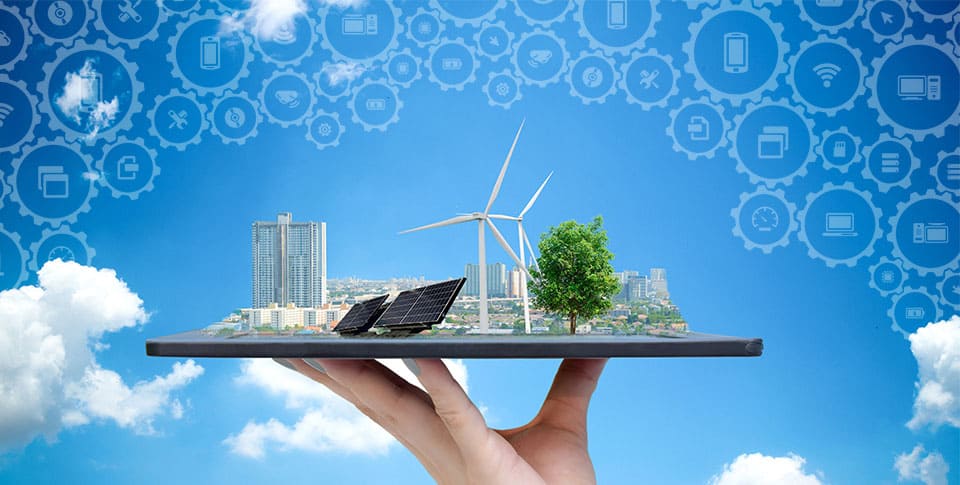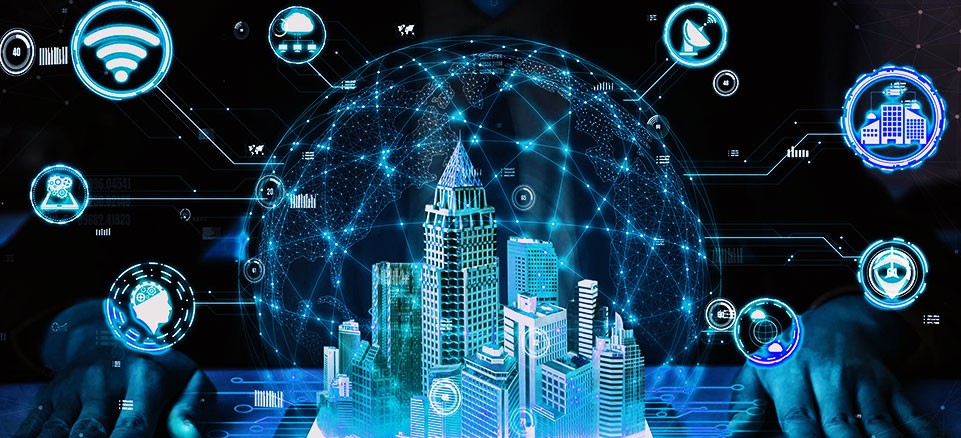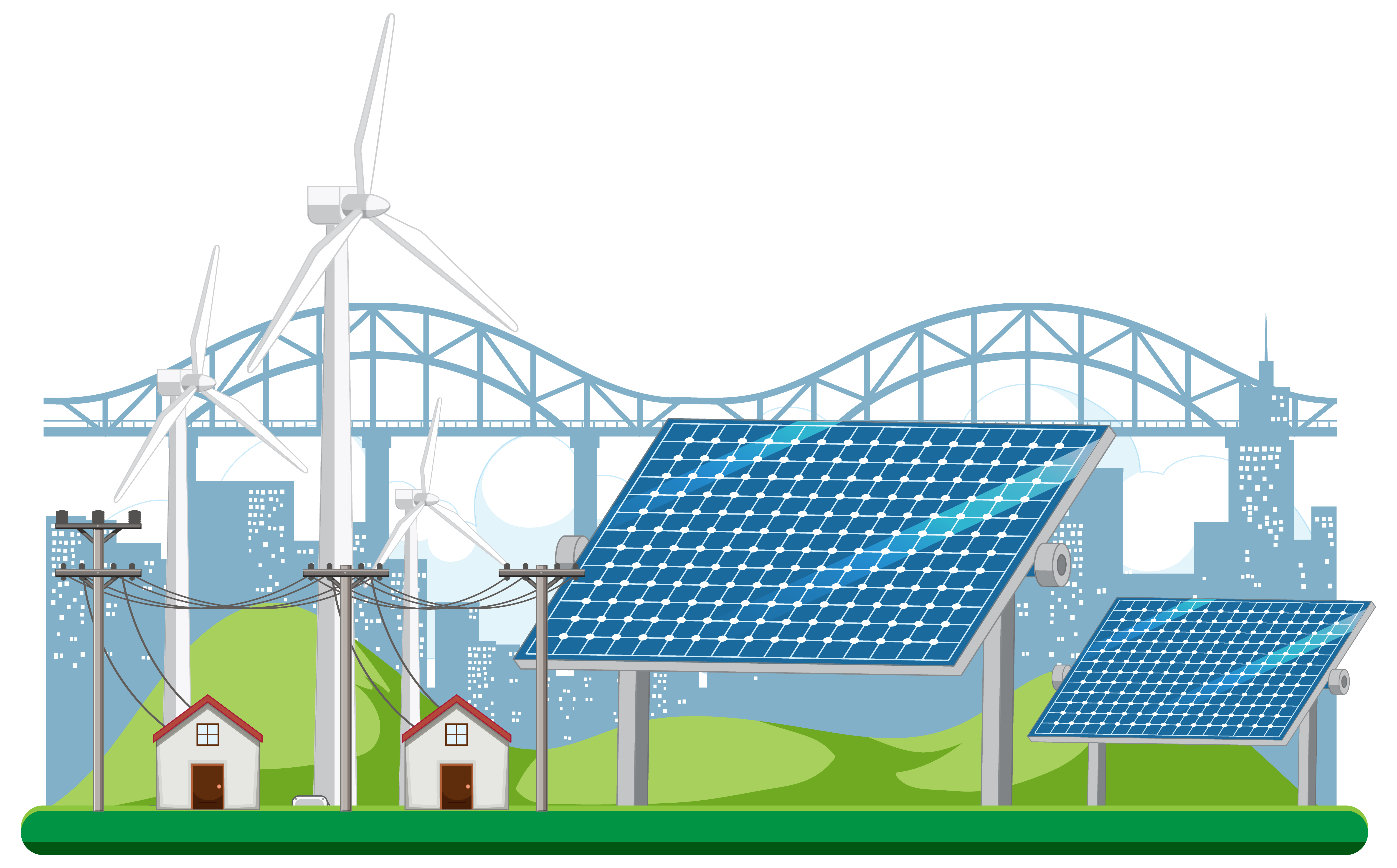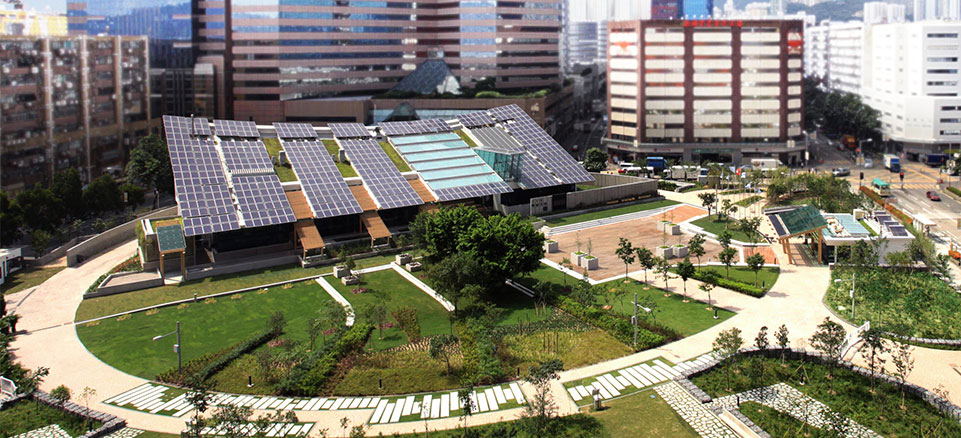
How Smart Buildings are Paving the Way for Sustainable Infrastructure
How Smart Buildings are Paving the Way for Sustainable Infrastructure
The increase in urbanization is mounting pressure on business owners and architects to achieve sustainability and zero carbon footprint. Buildings account for around 30% of global energy consumption and 28% of energy-related carbon emissions.
t leads the evolution of Smart buildings with improved energy efficiency, safety, usability, and optimum use of resources leading toward sustainability.
Smart buildings use IoT and other digital technologies to integrate and automate building functions for energy management, water management, space utilization, renewable energy usage, etc., which helps improve eco-efficiency and reduce carbon footprint.


What Are Smart Buildings and Parameters of a Smart Building
The International Institute of Sustainable development (IISD) defines Smart Buildings as-the buildings using information and communication technologies to improve a building’s efficiency, performance, and sustainability. Smart buildings make the best use of available technology and processes to create a facility that incorporates features-like sustainability, energy management, asset management, space utilization, renewable energy, environment, and health and comfort.


Parameters of a Smart Building
Data Collection, Storage, Retrieval, and Analysis :
The building should have a system that can capture, store, retrieve and analyze the vast range of data related to the facility operation and occupancy with a variation over 24 hours of operations.
-
Minimum Human Control
The building's control, like HVAC, lightning, energy, etc., should be designed to have minimum human intervention and a high degree of independence, irrespective of operations and control complexity. For example, facilities using an automated security system, AI-based asset management, etc.
-
Optimization of Various Building Operations
Smart buildings optimize their operations, such as lightning, HVAC, and waste and water management. They generate timely alarms in abnormalities for necessary corrective actions for damage control.
-
Performance Quality
The building system must improve its performance in all areas, like energy management, space utilization, resource allocation, working efficiency, maintenance, and waste management.


How Smart Buildings Contribute in Sustainable Infrastructure
Today’s generation of buildings has evolved and deploys digital technology, fixed, wireless, and cellular connectivity, with an array of IoT sensors, AI, and other smart technologies to turn buildings into greener and more sustainable places. Let us explore how smart buildings and evolving technology lead to sustainable infrastructure.
Integrated Building Control System
An integrated building management system (IBMS) is a master control system networking and unifying all HVAC, electrical, IT, and security into a single system using BMS software. It facilitates information sharing among the functions for seamless working.


Network Convergence
Network convergence is the evolution of a building system to an IP network to internet connectivity. A fully networked system connects all the automation and IoT devices of the building resulting in All over IP(ALL-IP), the universal communication solution for smart and intelligent buildings.
SCS can run data signals and power to the devices over the same cabling infrastructure and helps save a large amount of cost for high labor rate construction projects. Some other advantages of SCS are relative ease of expandability and rapid and easy change adaptability with minimum disruption. It results in better utilization of installed cabling, increases ROI, and lowers the total cost of ownership. The cable integration from multiple silo systems helps reduce material and labor inputs to save initial construction costs.

Water Conservation System
Water conservation measures are gaining traction by integrating smart water technologies into the building system. Smart water management system integrates water monitoring and control of water use and identifies areas for effective water usage.
The application of various sensors and flow meters networked at the water supply, consumption, and utilization points and then at the final discharge point, in conjunction with the treatment and recycling of water, helps facilities managers monitor the entire water utilization cycle in the building. A single source of water utilization information helps increase the conservation of water resources and sustainability.


Renewable Energy
Smart buildings install solar panels and wind turbines to harvest renewable energy at higher altitudes. Assimilation of IoT with sensors in solar and wind energy systems helps calibrate the angle of solar panels and monitor several parameters of wind energy that affect power generation.
By storing the unused harvested renewable energy in batteries, smart buildings can distribute unused energy back to the grid, increasing the energy efficiency of the building. The heat output from ACs can get repurposed for heating water and areas of building not exposed to solar gain.

Use Cases of Sustainable Infrastructure and the Benefits
Smart buildings connecting building operations through IoT help create a sustainable infrastructure. Here are a few use cases of sustainable infrastructures and their benefits:
-
Oakland City Center, California
Oakland city center is famous for its advanced variable air volume (VAV) system, which collects temperature and humidity data, evaluates using an AI-powered algorithm, and sends setpoints to the building’s HVAC system. Thus, VAV cost-effectively and sustainably ensures better occupant comfort. The system can also efficiently control air quality in different settings.
-
Vodafone Group Global Headquarters
Vodafone with GE developed and deployed a multi-sensor network to gather data from air quality, energy usage, and noise level to space utilization. The single integrated view of the environment and operations and smart use of data made the building more efficient.
-
U.S Green Building Council
U.S green building council underwent a retrofit to address outdated lighting control systems. It adopted Legrand’s digital lighting management solution, installed a smart shade system, and implemented circadian programming and smart time scheduling. These strategies helped the building reduce lighting energy consumption and costs by one-third and increased occupants’ satisfaction.


Smart Building-An Important Element of Sustainable Infrastructure

Smart buildings are the key elements of sustainable infrastructure as they help reduce carbon emission, minimizes buildings’ operational cost, and increases energy efficiency. eLogicTech Edge IoT solutions help automate the facility system based on your operational objective and mission. With customized IoT-enabled services like wireless system development and embedded software development, we help monitor, document, and provide visualized data to improve your building’s energy efficiency and sustainability.


